Essay
The Gulf of Language
Ardit Hoxha
Across the world’s Western liberal democracies, the contemporary debate on the refugee crisis has reached a tipping point. For the emboldened anti-migrant right, the current crisis of asylum seekers represents an existential threat to Western identity; a clash of civilizations that is often framed between the East and West, between Christianity and Islam. Under this logic, refugees are at best culturally incompatible with our way of life and wholly incapable of assimilating to Western norms; at worst, they are terrorist criminals who infiltrate our societies in order to cause havoc from within. The standard liberal response to this racist rhetoric is to push back against the cultural differences it emphasizes. If we simply took the time to listen to the Other, we would come to understand that ‘they are us’, that we both have the same concerns and the same desires. Our apparent differences are simply the result of mistranslated exchanges; once we overcome this barrier we would be more than willing to help our troubled neighbours. This circular debate ultimately imagines our crisis to be one defined by language, a culture war where the issue lies in the obstacle of understanding one another.1
In Language Gulf in the Shouting Valley, Lawrence Abu Hamdan constructs a fragmentary film essay that embodies the precarity of the Arabic speaking Druze. Torn between the borders of Palestine/Israel and Syria, families resort to shouting across an acoustic valley in order to communicate with one another. A cacophony of voices emerges that are both penetrating and unintelligible. Abu Hamdan complicates this arrangement by highlighting the ambiguous role of the Druze in this geopolitical landscape. As heterodox Muslims, the Druze are seen as an acceptable minority by the state of Israel; eligible for military draft and employed as interpreters in the occupation’s military courts.2 Although these concessions are unprecedented, they do not make the Druze immune to arbitrary land confiscation.3 In highlighting this compromising position, Abu Hamdan illustrates that the transgressor and collaborator are ‘two sides of the same coin, two products of enslavement’.4
The audible muddying of emotional cries and intellectual speech between translators and protestors, academics and the state apparatus; ultimately undermine the symbolic efficacy of language, revealing its cracks and failures in a system designed to sow division and conflict.5 Under this treatment, language is presented in its incomplete form, as fragments that burst and bleed into abstracted feedback. Words and speech are made unfamiliar, flattened, and reduced to their limits; while the gulf is emptied to reveal a void rather than a barrier. In making these verbal cues incoherent, Abu Hamdan subjects us to experience the ‘limits of its conditions’ and the logic that sustains it.6 The portrayal of this antagonism therefore rejects the use of ‘existing language’,7 a tactic that estranges us from the typology of the valley, denaturalizing its contours, fences and barbed wires. Such alienation opens up a new space outside of our current understandings, one that has the potential to ‘break through the circularity of suppressed imaginations’.8
1 Slavoj Žižek. 2016. Refugees, Terror and Other Troubles with the Neighbors: Against the Double Blackmail. Brooklyn; London: Melville House. 64.
2 Laura Rascaroli. 2017. “The Politics of the Sonic Interstice and the Dissonance of the Neutral.” In How the Essay Film Thinks. New York: Oxford University Press. 121.
3 Ibid 121.
4 Ibid 124.
5 Ibid 124.
6 Salomé Voegelin. 2019. The Political Possibility of Sound: Fragments of Listening. New York: Bloomsbury
Academic. 38.
7 Ibid 38.
8 Ibid 38.

Gus Fisher Gallery
74 Shortland Street
Tāmaki Makaurau Auckland Central 1010
Tuesday – Friday:
10am – 5pm
Saturdays:
10am – 4pm